Thoughtful leaders find layoffs among the most stressful events they manage. Warren Heffelfinger, CEO of Ingenio, has a compelling story.
Hire the best.
In 1999, Warren and his college roommate Dave Riordan started a telecom business.
“It was a crazy time. Telecom was particularly hot; if you had a pulse and could dial a phone you could get private equity backing. The private equity guys wanted us to raise $500 million and hire 1,200 people over a 12-month period. Dave had five years of management consulting experience and I had never hired a human being in my life. So, we went back and said, ‘Listen guys, we’re flattered but you’re nuts. We need to hire a CEO.’”
“The single most important thing that we did in that business was, we hired a boss — the world’s most wonderful role model you could imagine. I would say that I learned 80% of my leadership skills from being joined at the hip with Tony DiStefano for six-and-a-half years.”
But then the market crashed. “We were in the epicenter of the dotcom meltdown. And raising $500 million? We couldn’t raise five cents after April of that year. We faced a gigantic round of layoffs in 2000. And that’s where Tony was the master.”
Err on the side of transparency.
“I had a view that great leaders are paternalistic — they sheild their company from bad news. It’s your job to do that because the company can’t handle bad news.”
“Tony helped me understand that it’s exactly the opposite. We didn’t get funding, our credit line was at risk, we had looming layoffs; all this bad stuff was happening. My gut was to lock Dave and Tony in a room and figure this out. Tony said, ‘No, tell them.’”
“So, we were incredibly open with our team about what was exactly going to happen. In September we said, ‘Listen, one of three things is going to happen: We’re going to find an investor, someone will buy us at the last minute, or we’re going to have to fire everyone. Those are the outcomes. We understand if you don’t want to stick around, but if you do, double-down and work your tail off. That will help us get to the best outcome.’”
“There was an initial shocked reaction. But then everyone was like, ‘Alright, let’s get back to work. We’ve got to work harder.’ It was a great lesson. When given a choice between sharing and not sharing, the answer is almost always: share.”
Tailor your communication.
According to Warren, “A significant percentage of the company sees a problem exists. A smaller subset sees the problem and will figure out what the right solution is. The smallest subset sees the problem, can find the right solution and how to communicate it. Communication is the hardest part. It’s not your knee-jerk reaction. It’s understanding all constituencies and how they are going to be impacted.”
“There are two important constituencies in a layoff: the people you are letting go and the people who are staying. The people who are staying are going take great lessons about how you communicate and how you handle the situation. What you hope for is, they say, ‘This sucks but at least if it ever happens to me, it looks like I’ll be treated pretty well…with respect, like a human being.’ That’s super important communication.”
Fire before Christmas.
“There were some very counter-intuitive parts of our layoffs. For example, we were facing layoffs around mid-December. My reaction was, ‘How can you fire people before Christmas?’”
“But Tony’s answer was, ‘You must absolutely fire before Christmas. Right before Christmas, people are going to Christmas shop and rack up credit card bills because they think they have a job. If you give them the bad news ahead of time, you let them avoid that mistake.’”
“’And, if we lay them off December 15th, they get a month of notice and greater severance. If you wait until January 1st, they only get two weeks.’”
The team followed Tony’s advice. What surprised them most was that people understood. Not only did they save the company, but Warren received thank you notes from people who were laid off.
Message based on the strategy, not the person.
Large layoffs are painful, but even the decision to fire just one person can be wildly stressful.
“There was one caustic executive who had a big personality. He was very smart, but manipulative. I was up at 3 a.m., nauseous, not sleeping, for close to a year because I knew he was plotting against me every day. And I knew that every time he walked into my office, something manipulative was happening. He brought benefits to the business, but the psychic cost of having to deal with him every day was extraordinary.”
“I learned that when you decide to let a toxic person go, you’re already six months later than you probably should be. But there’s nothing more liberating than the day you make that decision.”
“Still, you need to create a win-win. The conversation I wanted to have was, ‘You are a pain and caused me not to sleep, and you’re a miserable human being.’”
“But I parked my ego. I said, ‘Listen, I’ve made a hard decision. I’m eliminating your position. You played a significant role as we were transitioning. Now I believe our resources are better spent in other ways. There’s just not a fulltime job here.’”
“I said, ‘I’m open to handling the communication. I’ll handle it if you don’t want to but I’m open to other considerations.’ He thought about it and came back the next day with an elaborate spin on how he wanted to retire and spend time with his kids.”
“We had a three-week transition plan. I let him stand up at the all-hands meeting and drop the news himself. We had a going away party. There was no blow-back whatsoever.”
“Often, once you’ve made the decision a person is not a good fit, you radically overthink the impact of that person leaving on the rest of the organization. That’s my number one lesson to leaders and managers: when you know it, you’re already too late.”
Find your best possible outcome.
The fun of leading a business is accomplishing meaningful work with people we love. The worst part is when the business is struggling and we must make tough decisions. Warren, Tony and Dave’s decision to be transparent, take the employee’s perspective and keep their eyes on strategy helped people remain focused as they turned the business around. They found best possible outcome for a difficult situation.




